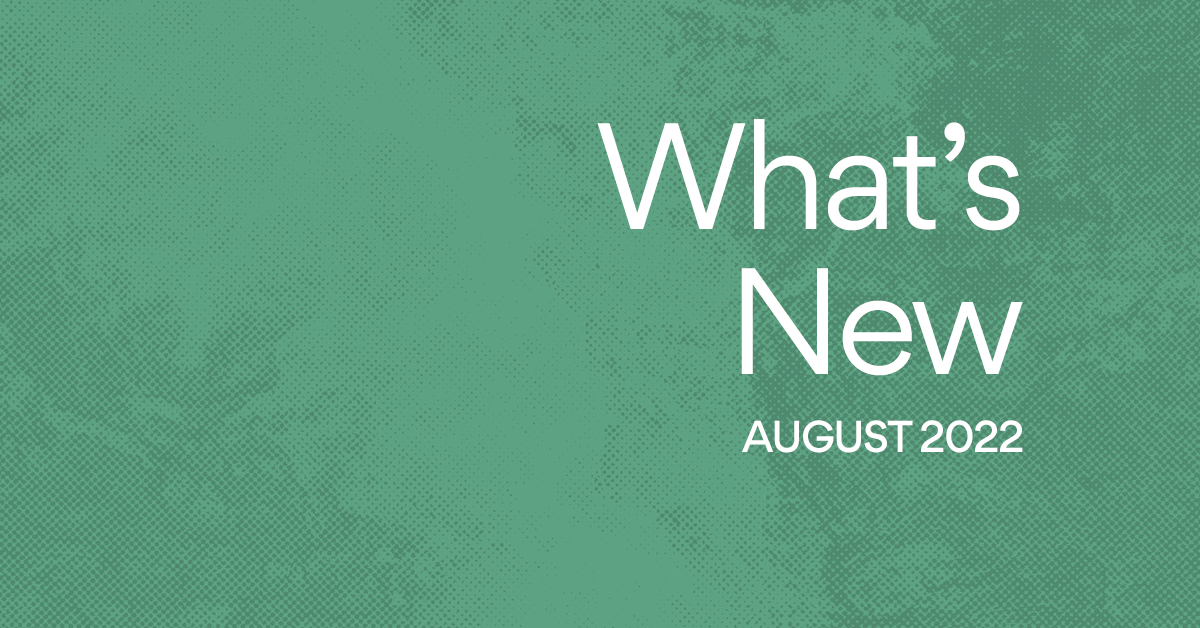What Asana is building
So what exactly are we up to at Asana? Here’s a peek at what we’re building and why:
We’re starting by building collaborative task and project management software. It will be free of charge, delivered over the Web, and initially suitable for both individuals and <50 person teams/companies.
In managing and contributing to projects in the past (at Facebook, Google, etc.), we felt frustrated by how much time we spent trying to stay on the same page with everyone (making sure teammates have the information they need, figuring out what everyone’s working on, clarifying priorities, …) and doing “work about work” (progress report emails, meetings, …). We’ve tried email, wikis, whiteboards, Microsoft Project, Google Docs, you name it, and while these are great for lots of things, we found everything suffered from one or both of:
- They’re too cumbersome for personal private task management. Everybody’s got a text file or sticky note that’s the actual source of truth, and then every organization we’ve seen has an explicit guilt-trip-based synchronization process along the lines of “go update the wiki.” You can’t trust what’s in the shared system, so you still have to interrupt the person when you need to coordinate.
We’re focused on making Asana really fast, at both the technology level (Lunascript makes apps responsive in a way that hasn’t been done on the Web before) and the product level (detailed attention to users accomplishing goals in the minimum number of keystrokes). The experience has to be at least as fast as Notepad, so fast that you’d use it for your own task management even if there weren’t a collaborative component.
- Existing solutions either impose too much structure, and the inflexibility drives people back to email, or they don’t handle structure. You can allude to structure in wikis by bolding headings, but if you want to see one view of the data at your desk, a different view in the team meeting, and milestone roll-ups at the executive meeting, you have to copy-paste manually, because blobs are not queryable data. You can’t subscribe to notifications about changes to an individual row in a spreadsheet. You can’t have a discussion thread in the middle of a document without creating a mess and losing the forest for the trees.
In Asana, you can tag tasks in multiple ways (e.g. by assignee and by project). If you rearrange priorities during the team meeting, team members’ individual task lists will reflect that when they get back to their desks. If a task I care about or am waiting on gets completed, my news feed notifies me, without someone needing to separately remember to email me. By understanding the structure and semantics of the data, Asana knows what info you need, and makes communication an emergent side-effect of keeping yourself organized.
Keeping groups of people organized is a problem at the heart of every organization. That’s why we’re focused on delivering a real solution with features like full text search, news feeds, per-task walls (comments + feed), infinite undo, version control, advanced sharing and privacy models, a bidirectional email bridge, LDAP integration, offline support, recurring tasks, “remind me later,” task dependencies, mobile, workflows, and visualizations (e.g. an editable Gantt chart view). Unlike heavy-duty enterprise suites we’ve tried, we’re focused on making these features fast, easy, and even enjoyable to use.
Longer term, project management is a beachhead into solving a larger set of organizations’ information management needs. Today people use separate tools for each kind of data they manage: applicant tracking, CRM, support ticket management, discussion threads, bug tracking, etc., but also one-off spreadsheets or Rails apps companies have contractors build from scratch because they have one more kind of data.
Each tool reinvents UI for managing structured records. They reinvent sharing models and access control lists. They reinvent notification and subscription — but whether a task was reassigned or a meeting moved or a ticket advanced, I want to hear about it in a single feed (and then slice and dice that feed, or see the feed for a certain project or coworker). Some tools support search, but you can’t search across your emails, docs, and customer records at once. Some tools include tagging, but there’s no unified notion of a project, where joining the team puts you on the right meetings and grants access to the right task lists and document repositories.
Asana’s task management app is a content management system for one particular kind of structured data. But we’re building it on a general structured data management platform, which we’ll leverage first to launch more applications, and ultimately to allow users and third-party developers to create custom schemas, workflows, and interfaces, all integrated with a single common data model.

